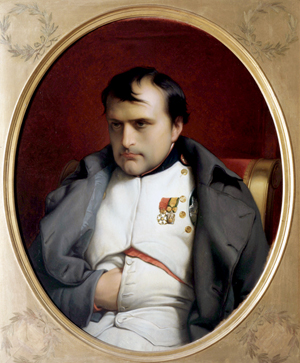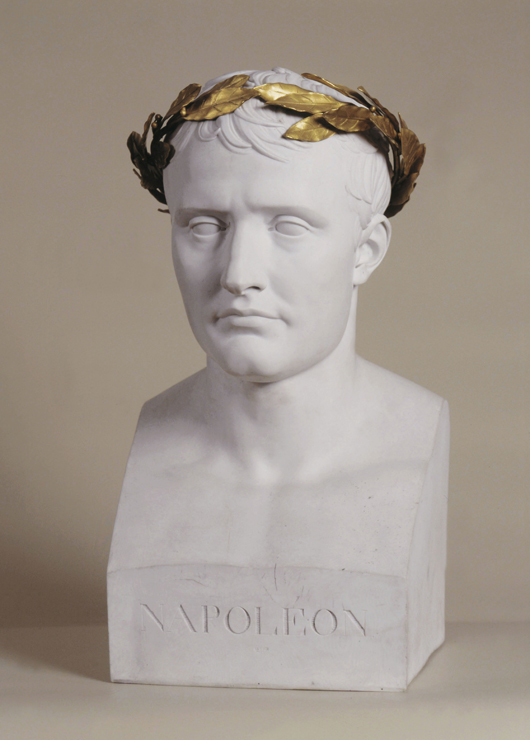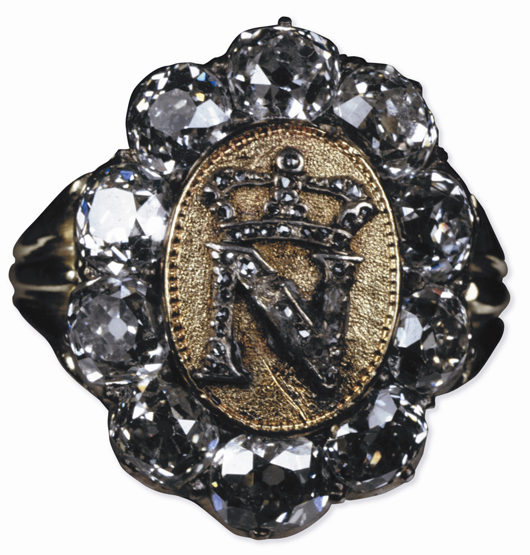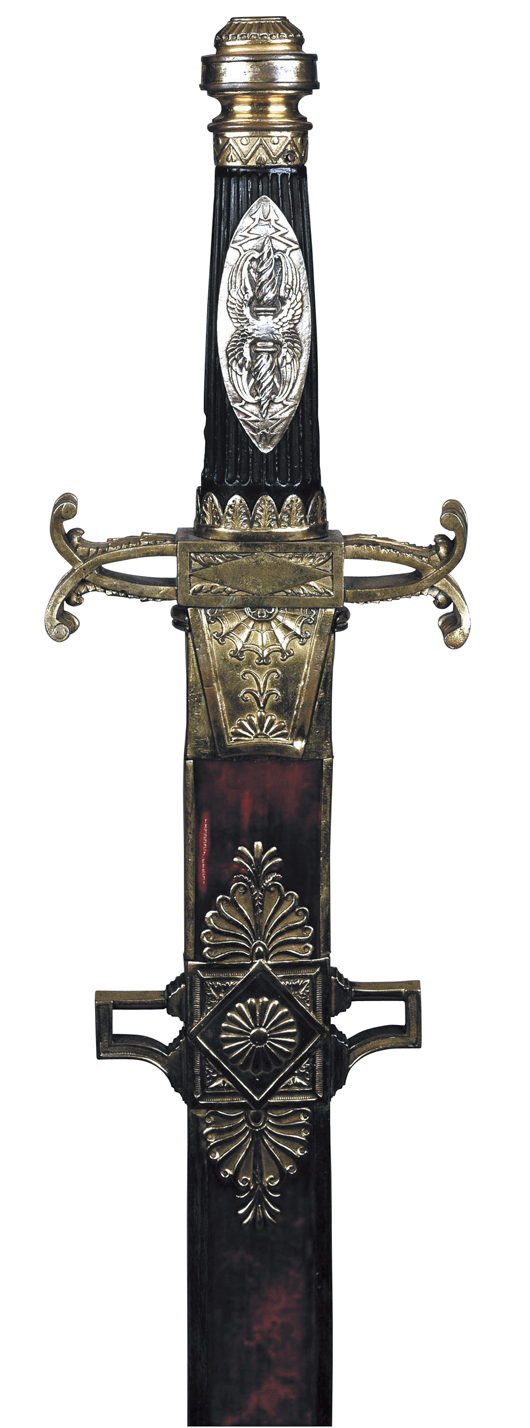
PHILADELPHIA – The seller behind the greatest real estate deal in American history – the Louisiana Purchase – which doubled the size of the country at a cost of $15 million, or approximately four cents per acre – was Napoléon Bonaparte (1769-1821). The French leader remains an undeniably powerful and enigmatic figure in world history. Through Sept. 7, 2009, the National Constitution Center will host NAPOLÉON, an exhibition offering visitors a rare opportunity to explore the private life of the Emperor of France and to see beyond the legend to gain an understanding of this complex political leader whose actions reshaped the landscape of Europe and America.
Created from the extraordinary collection of First Empire authority and author Pierre-Jean Chalençon, NAPOLÉON showcases rare, personal belongings of Napoléon I, as well as some of the most famous depictions of him by important artists of the time. NAPOLÉON is a 6,000 square foot international traveling exhibition distributed by Exhibits Development Group in cooperation with Cultural Arts Entertainment Group. The Constitution Center is the sixth stop on the NAPOLÉON exhibition’s first North American Tour. The exhibition marks the first time a number of items from the Chalençon Collection have ever been on display to the general public.
“Napoléon is one of history’s most iconic political figures; this exhibition sheds light on his fascinating life,” said National Constitution Center President and Chief Executive Officer, Linda E. Johnson. “It also conveys how the destinies of France and America intersected from the time of the American Revolution to Napoléon’s reign.”
NAPOLÉON features more than 300 objects from the First Empire of Napoléon Bonaparte, including original framed paintings, sculptures, personal effects, prints, and documents, as well as furniture from the Imperial palaces. The exhibition is organized into 12 sections that trace Napoléon’s life: The Rise to Power, The Egyptian Campaign, First Consul, The Coronation, The Emperor’s Family, The Imperial Court, Art and the Emperor, Napoléon at War, The Road to Defeat, The Final Exile, Death of the Emperor, and Legend.
Highlights include:
* The earliest known letter in Napoléon’s hand, written at age 14
* A lock of hair from Napoléon’s wife, Empress Josephine Bonaparte
* The sword that proclaimed Napoléon Emperor in the Coronation Ceremony at Notre Dame
* One of Napoléon’s signature hats worn during the battle at Essling in 1809
* Napoléon’s camp bed from the Battle of Wagram
* Napoléon’s personal map of the French Empire at its zenith in 1812
* In his own hand, the first will Napoléon wrote during his final exile on the island of St. Helena
* Napoléon’s monogrammed shirt and long johns worn shortly before his death
The exhibition also showcases connections between Napoléon and the United States. The correlations are highlighted in artifact displays, such as the valise that contained the signed Louisiana Purchase documents from America and a book on the American Revolution from Napoléon’s exile on the island of St. Helena. Additionally, text panels chronicle the influence of the American Revolution on the French Revolution, Napoléon’s admiration for George Washington, the impact of the Louisiana Purchase on America, how President James Monroe used First Empire style to redecorate the White House, and the time Napoléon’s brother, Joseph Bonaparte, spent living in Philadelphia and Bordentown, N.J., among other connections.
To further augment the exhibition, the Center’s public programming staff in the Annenberg Center for Education and Outreach is developing a variety of special programs and family activities. Also in keeping with the Center’s mission to foster discussion and citizen engagement, evening programs about current and historical topics related to the exhibition are planned.
In addition, the Center is offering a special iPod audio tour in conjunction with the NAPOLÉON exhibition. Guests can learn more about the man behind the legend during this extensive tour, which is offered in English, French, and Spanish.
Visitors to the exhibition will receive exclusive offers and discounts from French restaurants, boutiques, and galleries throughout the Greater Philadelphia area when they present their NAPOLÉON ticket stub at participating businesses.
The Center has also partnered with the Alliance Française de Philadelphie and the French-American Chamber of Commerce in Philadelphia to promote the exhibition throughout the region.
Admission to NAPOLÉON is $17.50 for adults, $16.50 for seniors ages 65 and up, and $13.50 for children ages 4-12. Active military personnel and children ages 3 and under are free. Group rates are also available. Admission to the Center’s main exhibition, The Story of We the People, including the award-winning theater production “Freedom Rising,” is included. iPod audio tours cost an additional $4. For ticket information, call 215.409.6700 or visit www.constitutioncenter.org.
ADDITIONAL NAPOLÉON IMAGES OF NOTE







